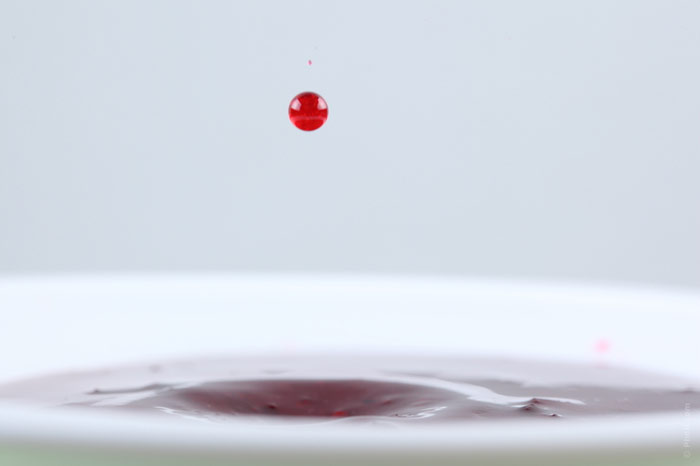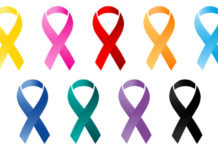
The news about Charlie Cheen being HIV-positive made lots of people recall what they know about it. And in fact, most of us still have prejudices and believe in wrong “facts”.
Human immunodeficiency virus (HIV) and acquired immunodeficiency syndrome (AIDS) have been an unshunnable part of our life for the last 30 years or so. During this period they have overgrown with an appalling number of misconceptions and downright taradiddle. There are known cases when belief in those misconceptions actually led to people becoming HIV-positive.
There are still things to be learned about HIV and AIDS, but research has turned up much reliable information that disproved some of long-living popular beliefs – these myths had better be eradicated forever as insidious. Here are ten worst myths that some may still hold true.
Myth One: you can become HIV-positive after coming in touch with HIV-positive people
There is clear-cut evidence that you cannot get HIV in a HIV-positive person’s sweat, tears, saliva. If you touch this person, touch door handles or other things that they touched or handled, use eating utensils, gym equipment after them, you can be sure that no harm will come to you. Likewise, it is perfectly safe to breathe in the air around infected people, drink from the same source. You can shake hands with them unflinchingly, hug and kiss them as much as you like – there is no danger in that.
The only ways you can get HIV from other people is through blood, semen, fluids from vagina and breast milk.
Myth Two: mosquitoes can pass on HIV infection
Since it is known that HIV can be gotten through blood, many jumped to the conclusion that mosquitoes and other bloodsucking insects can transmit the infection. Although it does sound logical, studies disprove that. Insects never inject blood from a previous bite into the person or animal they bite next, so you won’t get foreign blood into your system from a mosquito bite. Besides, if an insect receives HIV infection inside, it dies very quickly.
Myth Three: even if you get infected, you can be cured by newest drugs
Unfortunately, so far there is no sure cure – don’t count on that! There are antiretroviral drugs which are used in treatment, they give an additional lifespan to HIV-positive people, and scientists keep improving them. But it remains a very problematic procedure. First, these drugs are costly; second, they can cause grave side effects; third, there are strains of HIV that resist treatment. All this makes attempts to cure AIDS precarious.
Myth Four: if you’re HIV-positive, that’s the end of you
This myth originates from early days when the epidemic took lives of many people notching up high death rates. Nowadays people with AIDS treated with antiretroviral drugs are enabled to live longer and remain socially active and productive.
Myth Five: AIDS is a weapon used against minorities
A study revealed that at a time about 30% of African-Americans and Latinos believed that AIDS is a man-made weapon directed against minorities. This idea was supported by high rates of infection registered among people of these ethnic groups. In fact, insufficient health care should be blamed for this phenomenon.
Myth Six: you will never become HIV-positive if you are straight and avoid IV drugs
True, men run a chance to get infected via being engaged in sex with other men – but not only. It emerges from studies that approximately 16% of men and almost 80% of women can get the infection via heterosexual relationships.
Myth Seven: you can’t transmit the virus if you’re undergoing treatment
In case of a successful HIV treatment the content of virus in the blood drops very low and even may not be revealed by blood tests. Yet it doesn’t mean that you are completely purged from HIV. The virus is still lurking in your body, and in order not to transmit it to your sexual partner, make sure you go for safe sex.
Myth Eight: if you and your partner are HIV-positive, safe sex is no longer necessary
Not quite right. You both may be carrying HIV strains that the other doesn’t have yet, and you can pass them on. They may turn out to be drug-resistant. So, there are good reasons to go on using condoms and dental dams for protection.
Myth Nine: you know when you get a HIV-positive partner
No, you don’t. A HIV-positive person may not evince any symptoms for quite a long time, maybe years. Testing is the only way to make sure whether a person is infected or not.
Myth Ten: you don’t get HIV infected via oral sex
Everybody knows that oral sex is one of the less risky kinds of sex, nevertheless it can be HIV transmitting if your partner is HIV-positive, whether it is a man or a woman. To be on the safe side, don’t omit using latex barriers when you want some oral stimulation.






